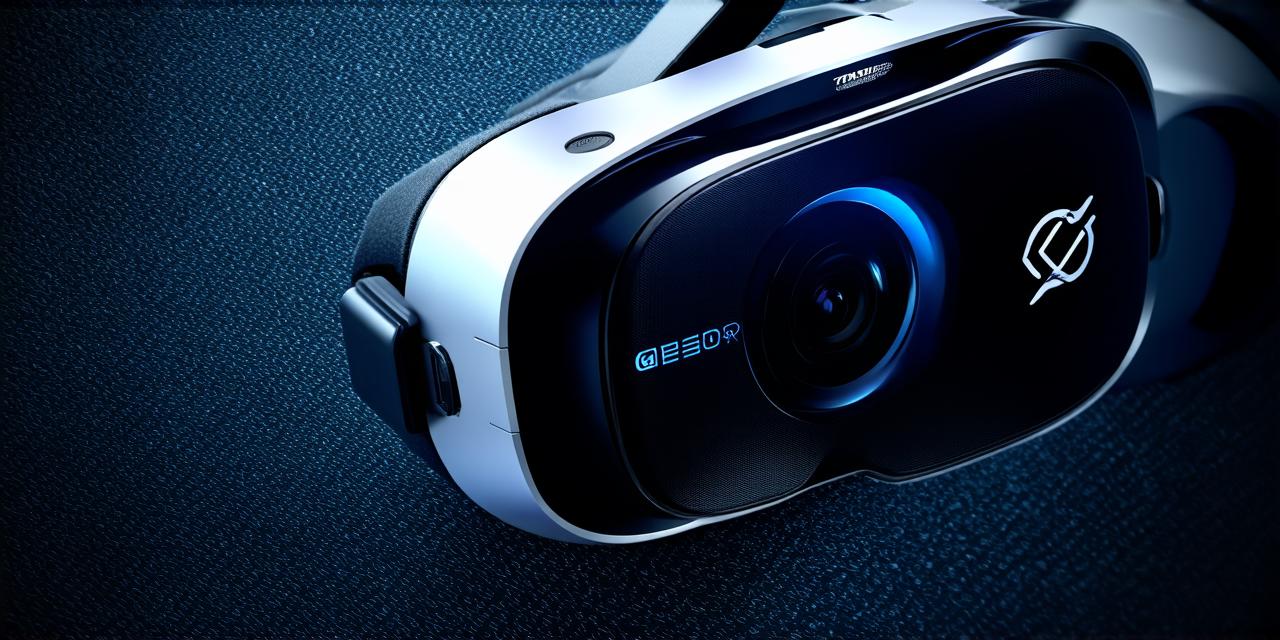Virtual reality (VR) technology is rapidly advancing and gaining popularity in various industries such as gaming, education, and healthcare.
As more people are using mobile devices for virtual experiences, it’s crucial to optimize mobile VR development for maximum engagement. In this article, we will discuss some tips on how to create a compelling mobile VR experience that keeps users engaged and coming back for more.
Why Mobile VR Development is Essential
Mobile devices are becoming the primary means of accessing the internet, with over 5 billion smartphone users worldwide. With this trend, mobile VR development has become essential to reach a broader audience. Mobile VR applications offer a unique experience that can captivate and engage users in a way traditional gaming and entertainment cannot.
Key Components of Mobile VR Development
- Content Creation
- User Interface (UI) Design
- Mobile VR Compatibility
- Performance Optimization
1. Content Creation
Content creation is critical to the success of any mobile VR application. The content should be engaging and immersive, with a clear purpose for the user. It’s essential to consider the target audience and create an experience that resonates with them.
2. User Interface (UI) Design
The user interface (UI) of a mobile VR application plays a crucial role in its success. The UI should be intuitive and easy to navigate, with clear instructions on how to use the application. It’s essential to consider the user experience when designing the UI, as users should feel immersed and engaged throughout the application.
3. Mobile VR Compatibility
Mobile VR compatibility is a significant factor that needs to be considered during development. Different mobile devices have different hardware capabilities, and it’s essential to ensure that the application is compatible with the majority of devices. This can be achieved by optimizing the application for different screen sizes and resolutions.
4. Performance Optimization
Performance optimization is critical to the success of a mobile VR application. Slow load times, lagging graphics, and other performance issues can cause frustration and disengagement from the application. It’s essential to optimize the application for smooth and seamless performance, even on low-end devices.
Case Studies: Successful Mobile VR Development
Several successful mobile VR applications have been developed with a focus on maximizing engagement. Here are a few examples:
- Pokemon Go
- Job Simulator
- Google Expeditions
